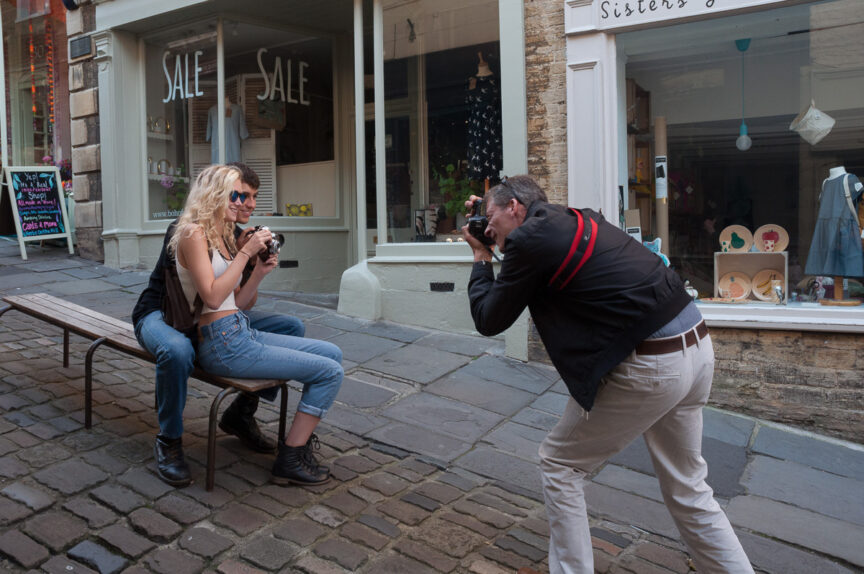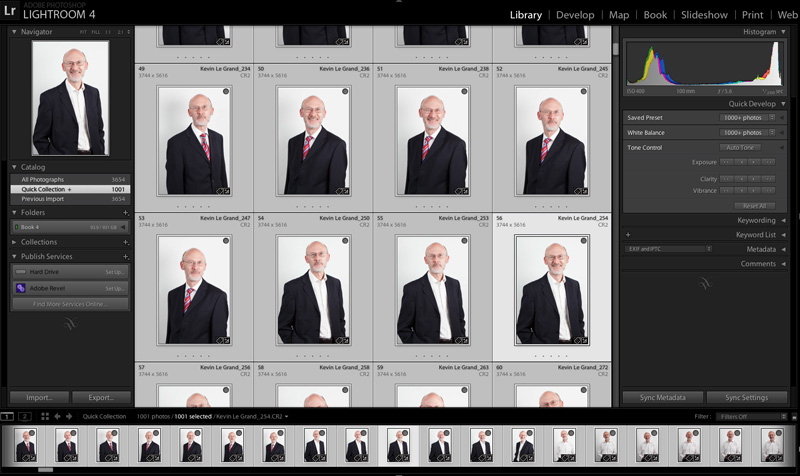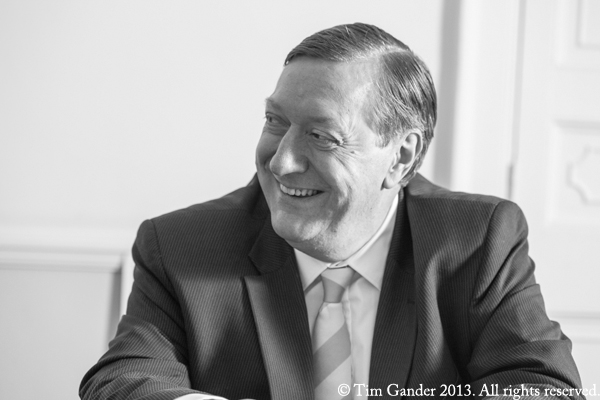This week is mainly a thank you to Frome visitors Imogen and Ben who became accidental models when I was out and about last week with work experience photography student Becky Collis.
It was a quiet Monday afternoon when we took a stroll up Catherine Hill seeking a photographic opportunity for Becky to get to grips with. I spotted this stylish couple, classic film cameras in-hand, walking up the hill and approached them to ask if they would pose for us for a few minutes.
They were gracious enough to agree and patient enough to let Becky and I take turns at posing and photographing them. I decided we should apply newspaper rules to the task, so the photo had to have a news feel to it, would require captions and a speedy turnaround at the end.
The photos below show Becky in action, followed by her portrait of Imogen and Ben, then her action shot of me followed by my version. Just click to see them larger and to cycle through the set.
Becky caught some nice light outside Kushi clothing store, who also kindly allowed us use of their bench, while I opted to bring them away from the window front. The light wasn’t as pretty, but I got the separation I wanted from the background. My preference would have been to use portable lighting to lift the daylight, but this was also an exercise in minimal equipment (precisely because I didn’t have portable lighting with me).
Within about 40 minutes we’d returned to the office, processed and captioned our images and delivered them to online galleries in the same way as we would have delivered them to clients. Job done and a nice little exercise.
So thank you Imogen and Ben (good luck with your studies!) and thank you Kushi for the loan of your bench. It was the perfect bench test!


















